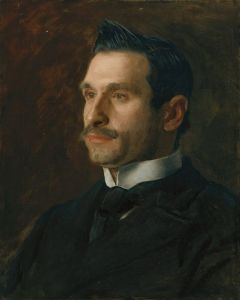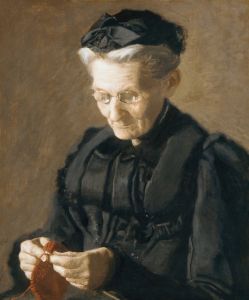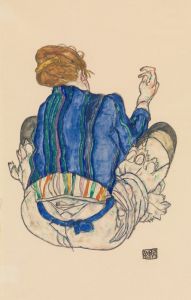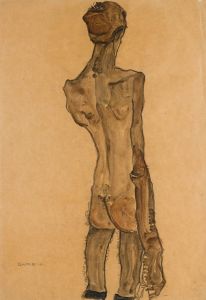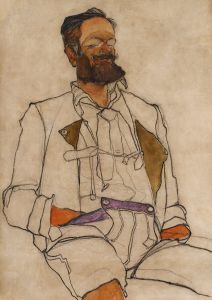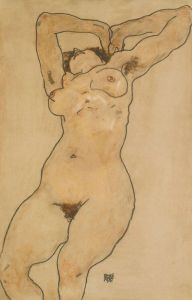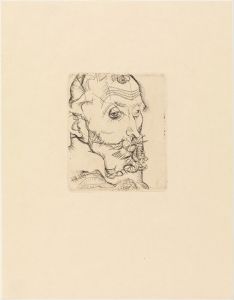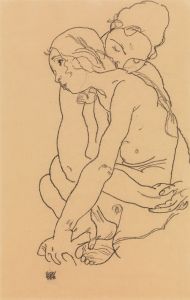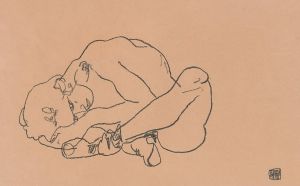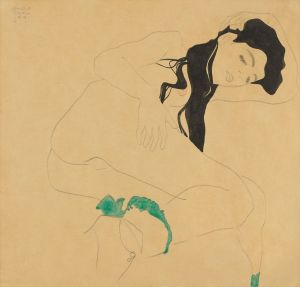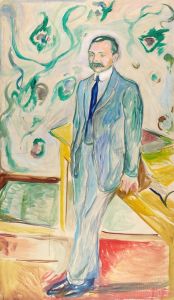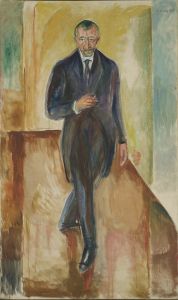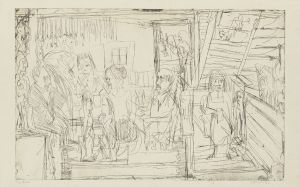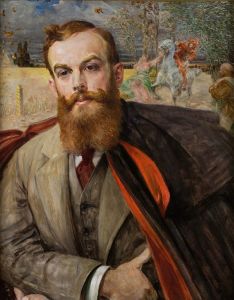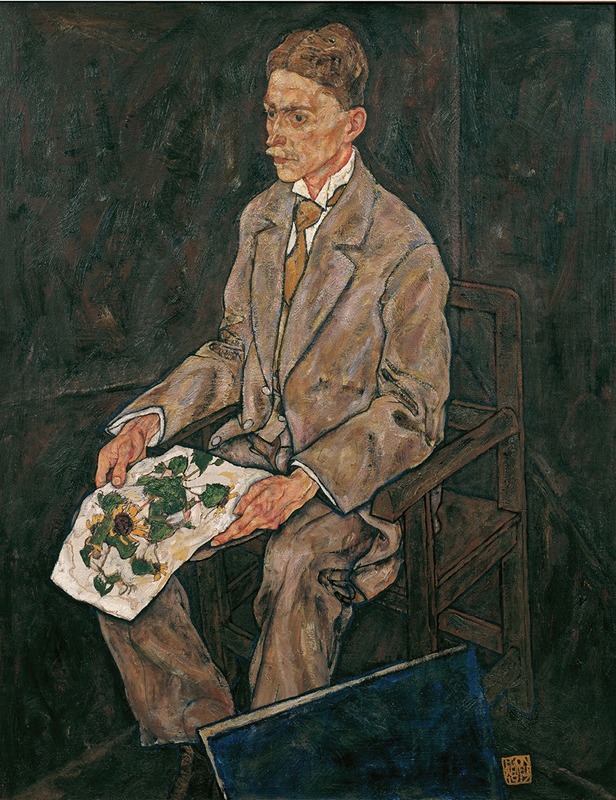
Bildnis Dr. Franz Martin Haberditzl
A hand-painted replica of Egon Schiele’s masterpiece Bildnis Dr. Franz Martin Haberditzl, meticulously crafted by professional artists to capture the true essence of the original. Each piece is created with museum-quality canvas and rare mineral pigments, carefully painted by experienced artists with delicate brushstrokes and rich, layered colors to perfectly recreate the texture of the original artwork. Unlike machine-printed reproductions, this hand-painted version brings the painting to life, infused with the artist’s emotions and skill in every stroke. Whether for personal collection or home decoration, it instantly elevates the artistic atmosphere of any space.
Egon Schiele, an Austrian painter known for his distinctive style and raw emotional intensity, created the portrait "Bildnis Dr. Franz Martin Haberditzl" in 1917. This work is a testament to Schiele's skill in capturing the psychological depth of his subjects, a characteristic that has made his portraits particularly notable in the realm of early 20th-century art.
Dr. Franz Martin Haberditzl was a significant figure in the Viennese art scene during the early 20th century. He was an art historian and a director of the Österreichische Galerie Belvedere, one of Austria's most prestigious art museums. His position and influence in the art world likely brought him into contact with many contemporary artists, including Egon Schiele. The portrait of Haberditzl by Schiele is one of the many examples of how Schiele's work was intertwined with the cultural and intellectual milieu of Vienna at the time.
The portrait itself is executed in Schiele's signature style, characterized by bold lines and a striking use of color. Schiele often employed a unique approach to composition, focusing on the psychological presence of his subjects rather than adhering strictly to realistic representation. In "Bildnis Dr. Franz Martin Haberditzl," Schiele captures Haberditzl with a penetrating gaze, emphasizing the intellectual vigor and contemplative nature of the art historian. The use of color in the portrait is both expressive and symbolic, with Schiele's palette often reflecting the emotional undertones of the subject.
Schiele's portraits are known for their ability to convey the inner life of the sitter, and this work is no exception. The intensity of Haberditzl's expression suggests a man deeply engaged with the world of art and ideas, a reflection of his role in shaping the cultural landscape of Vienna. Schiele's technique, which often involved a combination of oil, gouache, and watercolor, allows for a richness of texture and depth, enhancing the psychological impact of the portrait.
The year 1917, when this portrait was created, was a significant period in Schiele's career. It was during this time that he gained greater recognition and success, despite the turmoil of World War I. His work began to attract more attention, and he was involved in several exhibitions that helped to solidify his reputation as a leading figure in Austrian Expressionism. The portrait of Haberditzl is part of this productive period, showcasing Schiele's mature style and his ability to capture the essence of his subjects.
Egon Schiele's contribution to art, particularly through his portraits, lies in his ability to transcend mere physical likeness and delve into the psychological and emotional dimensions of his subjects. "Bildnis Dr. Franz Martin Haberditzl" stands as a testament to Schiele's artistic vision and his connection to the intellectual and cultural currents of his time. This work not only highlights Schiele's technical prowess but also his deep engagement with the human condition, making it a significant piece in the study of early 20th-century art.





